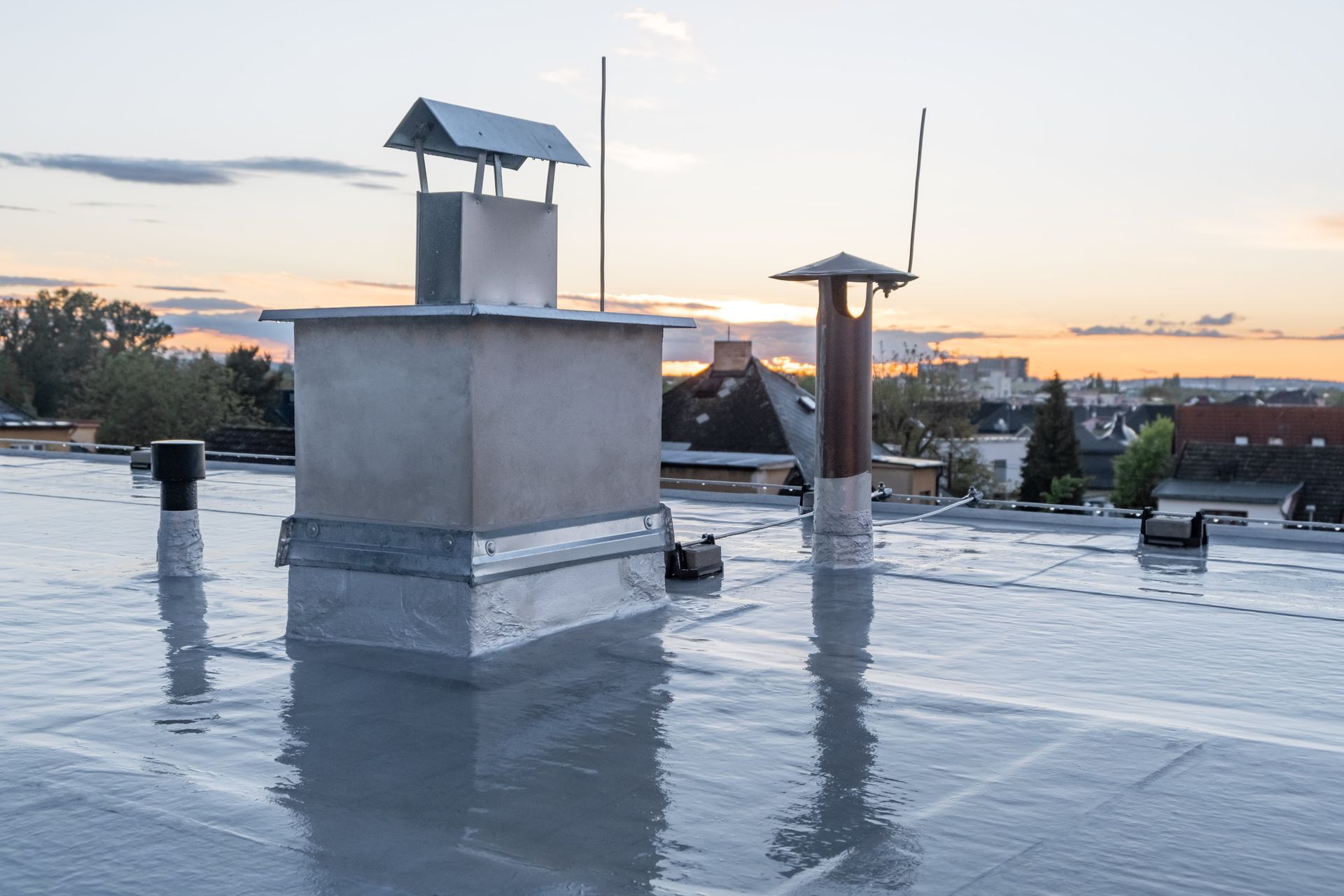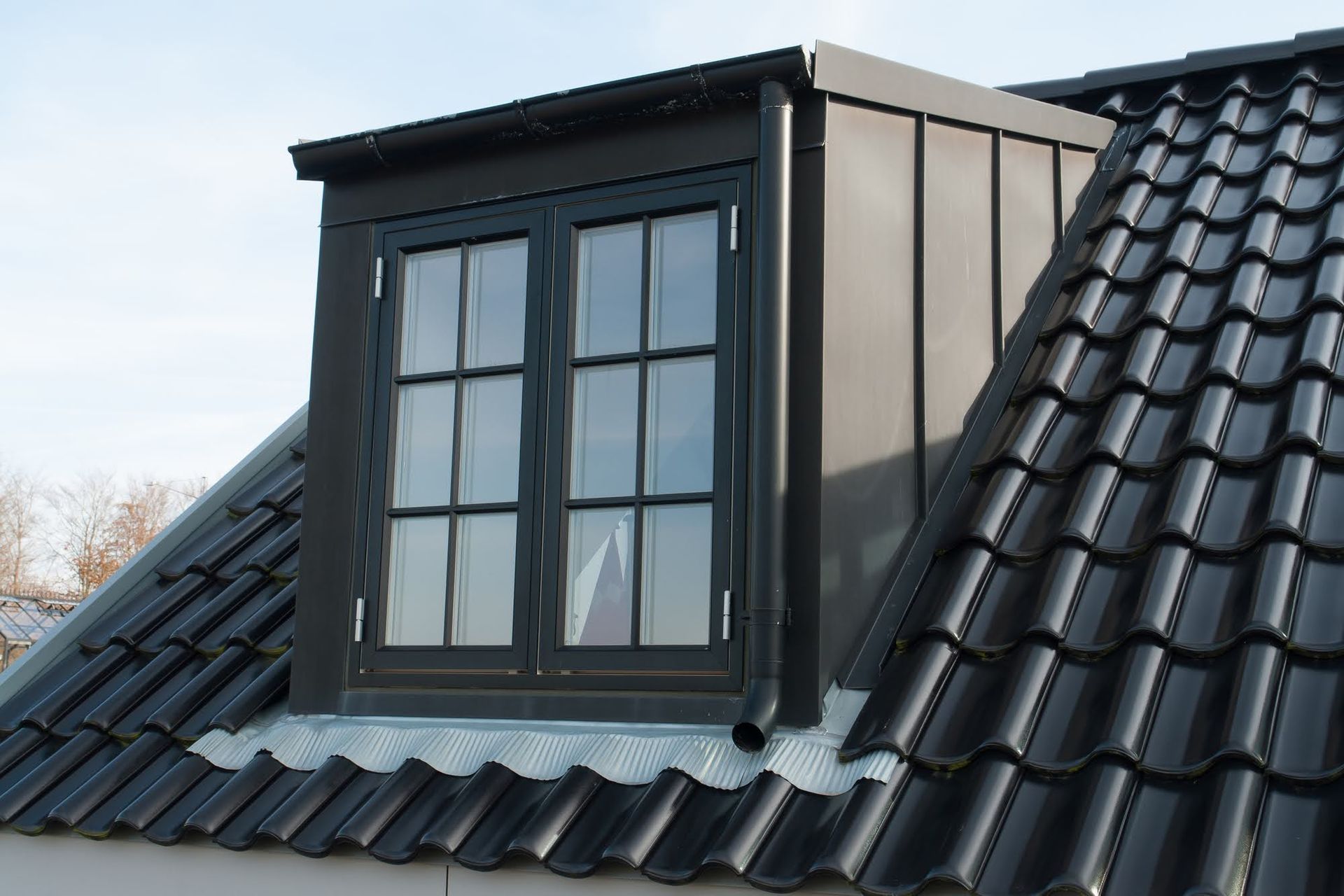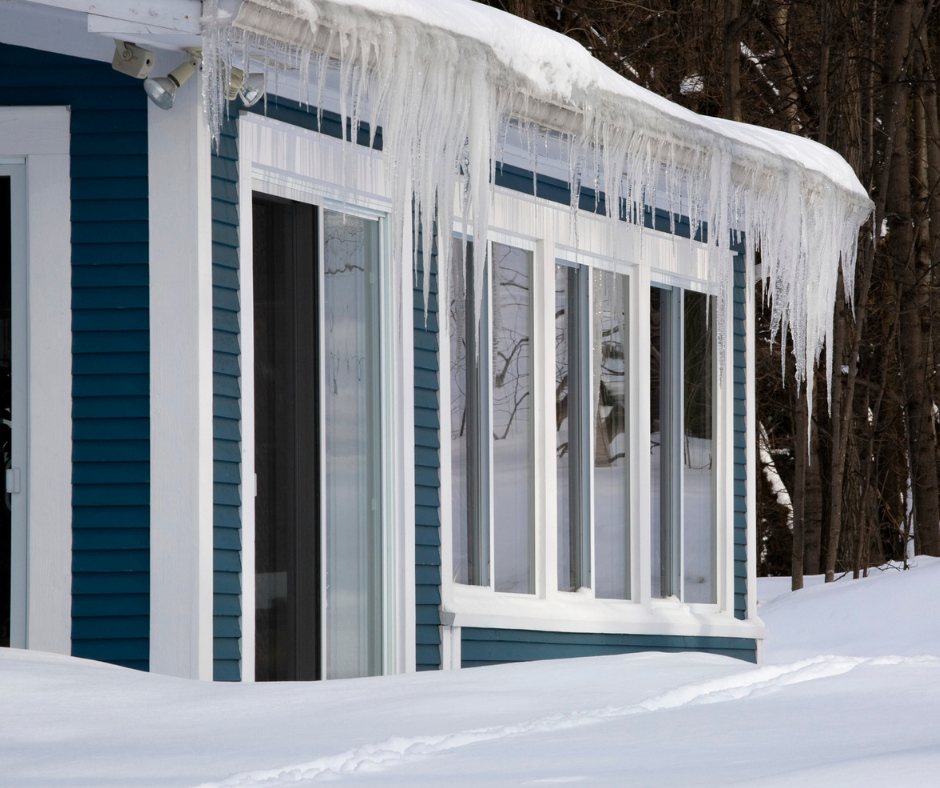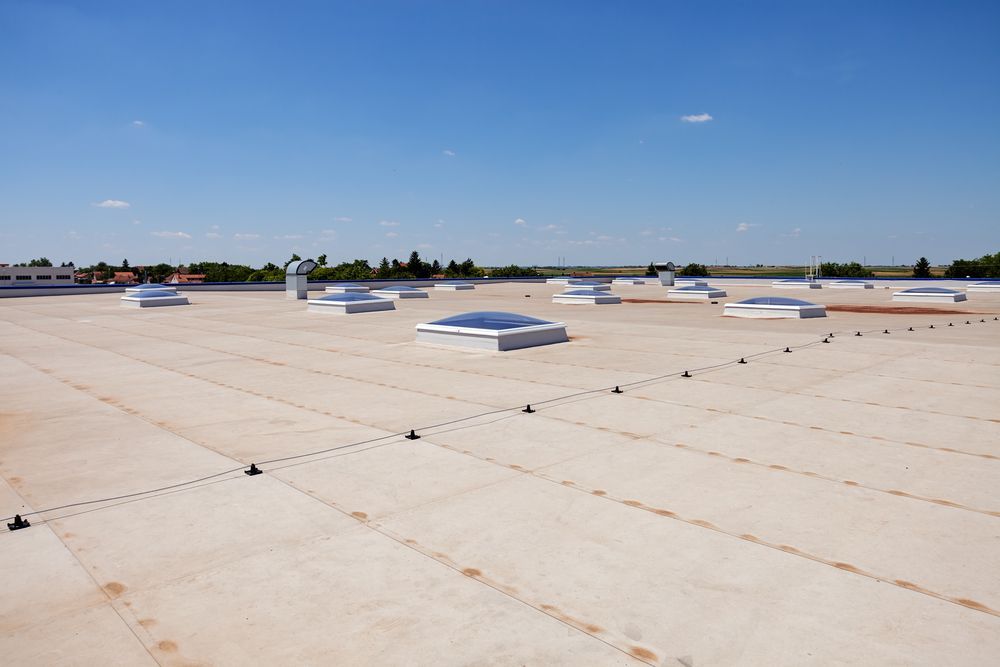Factors to Consider When Choosing a Roofing Material
Choosing the right roofing material is crucial in ensuring the long-term stability and performance of a building. It not only affects the aesthetic appeal but also impacts the overall durability and energy efficiency of a structure. Several key factors should be carefully considered before making a decision.
Here are the various factors that need to be taken into account when selecting a roofing material.
Roof Slope
Roof slope refers to the angle at which the roof rises from its lowest to highest point. Different roofing materials perform differently depending on the roof slope. For instance, slate and tiles are better suited for steeper roofs due to their ability to shed water effectively.
On the other hand, materials such as asphalt shingles can work well on roofs with a moderate slope. Considering the roof slope is essential in preventing water pooling and ensuring proper drainage, ultimately contributing to the roof's longevity.
Overall Cost
The overall cost, including material cost, installation cost, and long-term maintenance, is a critical factor in the decision-making process. While some roofing materials may have a higher initial cost, they could be more cost-effective in the long run due to their durability and low maintenance requirements.
It's important to weigh the initial investment against the expected lifespan and maintenance costs of the chosen material to determine the most cost-effective option for your specific needs.
Architectural Authenticity
Certain architectural designs call for specific roofing materials to maintain authenticity and historical accuracy. For instance, historical buildings or those with specific architectural styles, such as Victorian or Colonial, may require materials like wood shakes or clay tiles to preserve their original aesthetic appeal. Choosing a roofing material that complements the architectural style of the building enhances its overall visual appeal and value.
Material Weight
The weight of the roofing material is an important consideration, especially for existing structures or those with specific load-bearing capacities. Some materials, like slate or concrete tiles, can be significantly heavier than others, which may require additional structural support. Consult with a structural engineer to determine if the existing framework can support the weight of the chosen roofing material.
Local Weather
Areas prone to extreme weather conditions such as high winds, heavy rainfall, hailstorms, or extreme heat require roofing materials to withstand these challenges. For instance, metal roofing might be more suitable for areas prone to heavy snowfall, while asphalt shingles might be better suited for regions with frequent temperature fluctuations.
Local Building Codes
Local building codes are often created to ensure the safety and structural integrity of buildings, considering factors such as climate, environmental conditions, and the overall safety of the community. For instance, in areas prone to high winds or hurricanes, building codes might mandate the use of impact-resistant or wind-resistant roofing materials to enhance the structure's durability.
Similarly, in regions with high fire risk, building codes might require fire-resistant roofing materials. Additionally, some local codes might enforce energy efficiency standards, encouraging the use of reflective or insulating roofing materials.
Energy Efficiency
Roofing materials with high reflectivity, such as white or light-colored surfaces, reduce the absorption of solar heat, decreasing the need for excessive air conditioning during hot seasons. Additionally, materials with good insulation properties, like metal or certain types of shingles, can help maintain stable internal temperatures and reduce the reliance on heating systems in colder climates.
Lifespan
Longer-lasting materials like slate and metal are ideal for those seeking a durable, long-term investment. These materials can withstand harsh weather conditions and require minimal maintenance, making them cost-effective in the long run.
Conversely, materials with shorter lifespans, such as asphalt shingles or wooden shakes, are more suitable for those planning to live in their homes for a limited period.
Once you decide on your preferred roofing material, the next step is to find a qualified roofer to install it. Contact Affordable Roofing and Gutter Services for roof repair and installation.
















